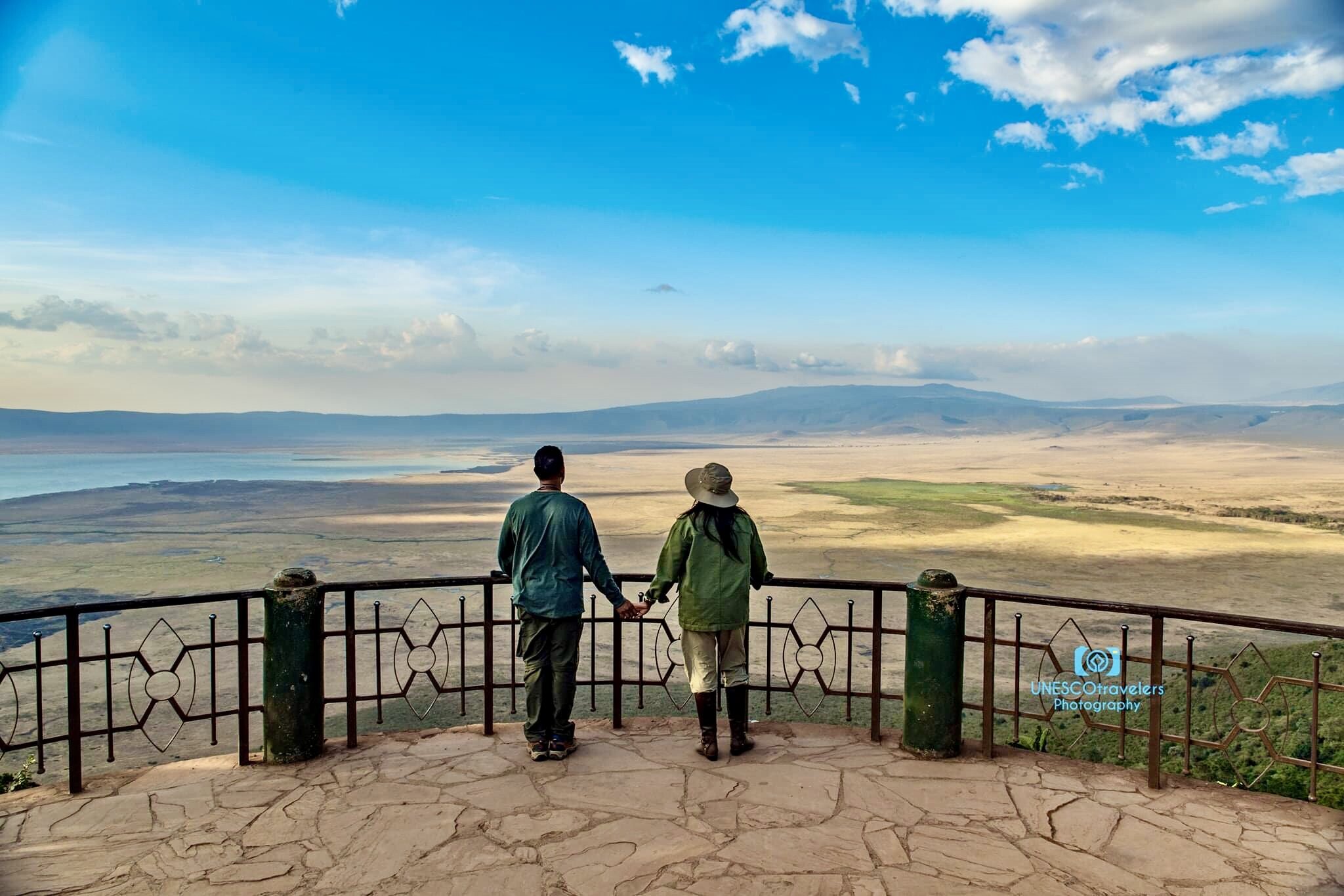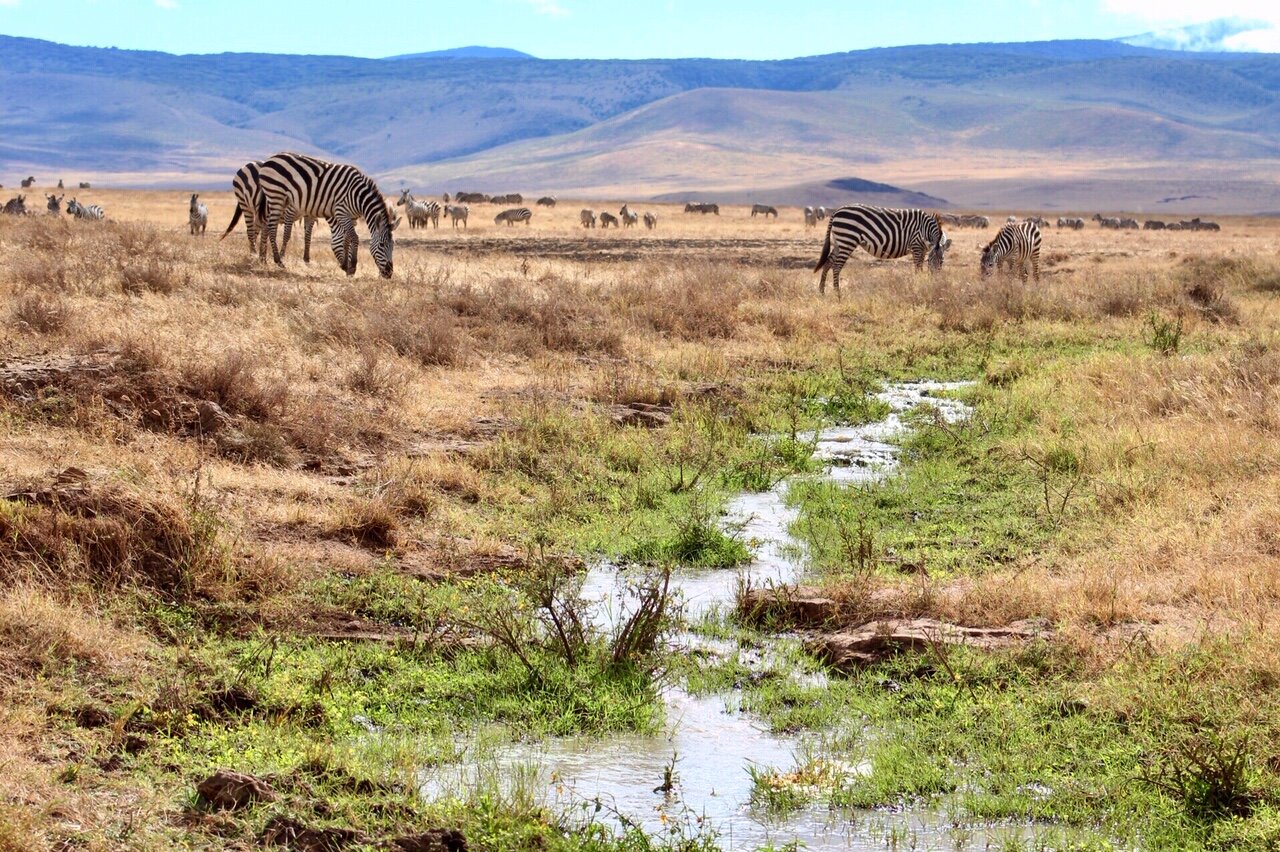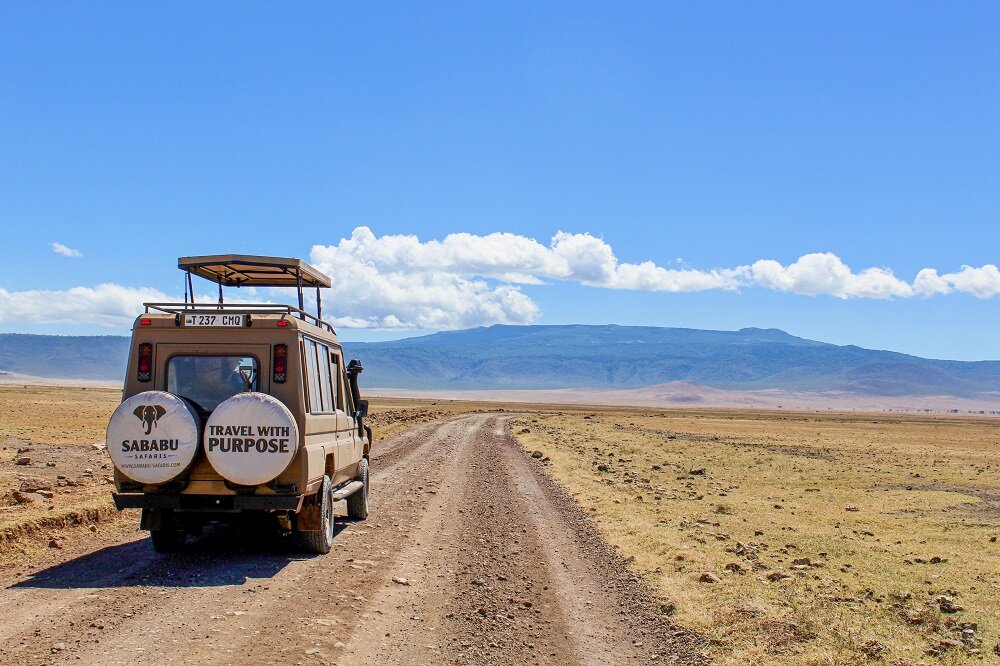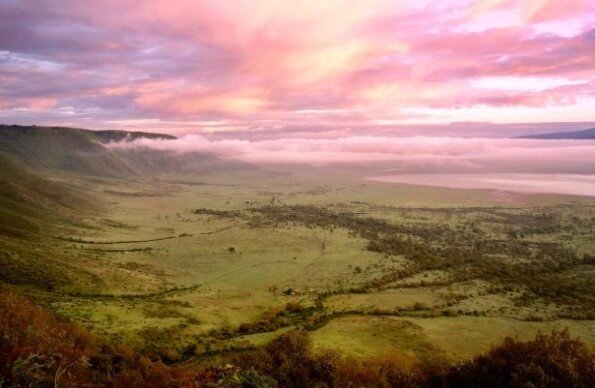Why the Ngorongoro Crater Should be on your Bucket List
We briefly discussed the wonders of the Ngorongoro Crater in our blog about why Tanzania is the top safari destination in Africa, but we want to spend a little longer waxing lyrical about Africa's "eighth wonder of the world” because this incredible place deserves a blog all to itself. The Ngorongoro Crater is found within the Ngorongoro Conservation Area (NCA) and it is widely regarded as the flagship of Tanzania’s tourism industry, as there is just so much to see and do here. In the NCA, there are volcanic craters, stretches of diverse savannah, rich forest, and vibrant bushland. And that’s only scratching the surface!
Photo by our lovely guests UNESCOtravelers Photography
Humans and Animals Live in Harmony in the Ngorongoro Conservation Area
The Ngorongoro Conservation Area is the only UNESCO World Heritage Site where humans live alongside high concentrations of wildlife. There are several different people living in the wider Ngorongoro area, but the Maasai are the most numerous by far. The Maasai live in such harmony with the wild animals that their livestock grazes alongside the wild zebra. The Datoga and Hadzabe people also live in the Ngorongoro Conservation Area. With ever-dwindling numbers, the Hadzabe number as few as 100 in the area, with another small group of Hadzabe living nearby, at Lake Eyasi. If meeting the people of Tanzania is of particular interest to you, whether to get an authentic insight into their cultures or to make a positive impact, then our Sababu Experiences are perfect for you.
Visit the Largest Intact Caldera in the World
The Ngorongoro Crater is the largest intact caldera in the world. It’s inactive, so there’s no danger of a future eruption. But what is a caldera? A caldera is formed when a volcano erupts and then collapses. The resulting crater then forms a unique landscape as wind, weather, and wildlife all behave differently in the strange concave environment. There are other large calderas around the world, but none of them are completely intact. The Ngorongoro Crater is 610m deep and it feels like a little bubble of Tanzanian paradise. If you are always looking for new experiences, then exploring the world’s largest intact caldera will be one of your top reasons to visit the Ngorongoro Conservation Area.
The Densest Lion Population in the World
While Serengeti National Park might have more lions overall, the Ngorongoro Crater has the densest population of lions in the world. This means that it’s almost impossible to visit the crater without seeing lions. Therefore, big cat enthusiasts should stick Ngorongoro Crater at the top of their list!
Diverse Wildlife in the Ngorongoro Conservation Area
Lions are truly majestic creatures, but there is so much more to Ngorongoro than lions alone. After all: the huge numbers of lions can only exist here because there are such higher numbers of other animals for the lions to feed on. In the Ngorongoro Conservation Area, you’ll find leopards, buffalos, spotted hyena, wildebeest, wild dogs (although very rarely!), elephants, and a small population of protected black rhinos.
The Views from the Ngorongoro Crater Rim are Incredible
To be perfectly honest, the views around most of the country are great, making our Tanzania Photography Safaris extremely popular. However, all photographers know that most views are better from above, and this is where Tanzania really shines, as there are numerous mountains, not least Mount Kilimanjaro — the tallest mountain in Africa. However, it’s the views from the top of the Ngorongoro Crater rim that are especially impressive. You will be able to take in the entire crater, and it’s bigger than you think! There’s no other landscape like this anywhere else on earth, and we highly recommend adding this to a well-rounded Tanzania safari holiday.
The Ngorongoro Crater is a Great Destination Year-Round
While many safari spots across Africa have good and less ideal seasons to visit — such as times when animals tend to scatter across the parks, making it more difficult to find them — the Ngorongoro Crater doesn’t have this problem. While the dry season (July to October) ensures there is less tall grass, making it easier to spot animals overall, there is never a time when the crater is bad for spotting animals or enjoying the incredible views. Even in the wet season (April to May), the rain tends to fall at night, so day safaris are still perfectly doable. One positive of visiting during the wet season is that the Ngorongoro Crater is a little less popular at this time, so you’ll have fewer safari vehicles interrupting your sightings - and everything is lush green!
There are so many more things to say about the Ngorongoro Crater, but we don’t want to give you thousands of words to read. We are more than happy to add this incredible destination to the bespoke itinerary we create for you, so please get in touch if you’d like to start this journey with us. So, what are you waiting for? Start planning the Tanzania safari of your dreams!







